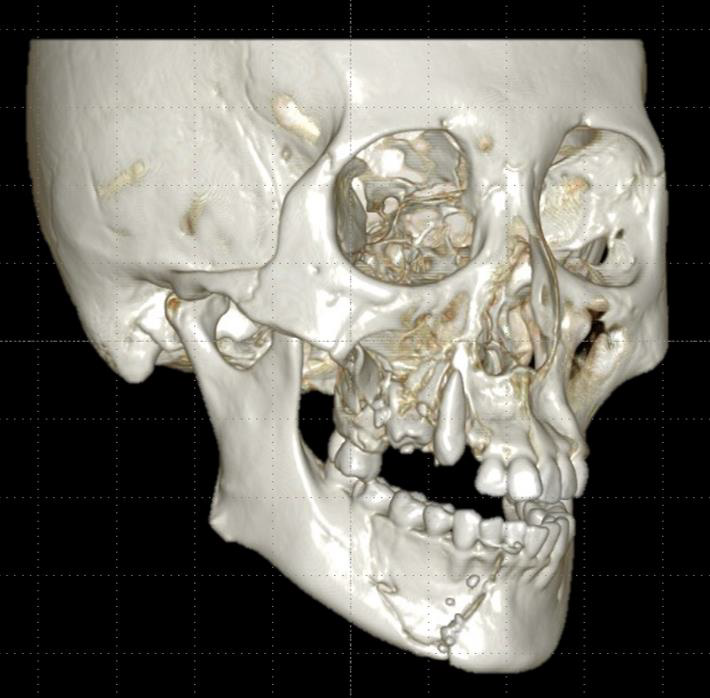Abstract
Pemphigus vulgaris is a life threatening chronic autoimmune disease
characterized by the formation of intraepithelial blisters on the skin
and mucous membranes. Pemphigus vulgaris initially manifests in the form
of intraoral lesions which spread to other mucous membranes and
the skin. Pemphigus vulgaris (PV), the most common and important
variant, is an autoimmune blistering disease characterized by
circulating
pathogenic IgG (immunoglobin) antibodies against desmoglein 3 (Dsg3),
about half the patients also having Dsg1 autoantibody. Oral lesions are
initially vesiculobullous but readily rupture, new bullae developing as
the older ones rupture and ulcerate. Biopsy of perilesional tissue, with
histological and immune staining examinations, is essential to the
diagnosis. The diagnosis is based on clinical findings and laboratory
analyses,
and it is usually treated by the combined administration of
corticosteroids and immune suppressants. Detection of the oral lesions
can result in
an earlier diagnosis. The current review focuses on the
etiopathogenesis, diagnosis and current treatment of pemphigus vulgaris.
A Comprehensive Review on #Pemphigus Vulgaris by Hina Handa in BJSTR

No comments:
Post a Comment
Note: Only a member of this blog may post a comment.